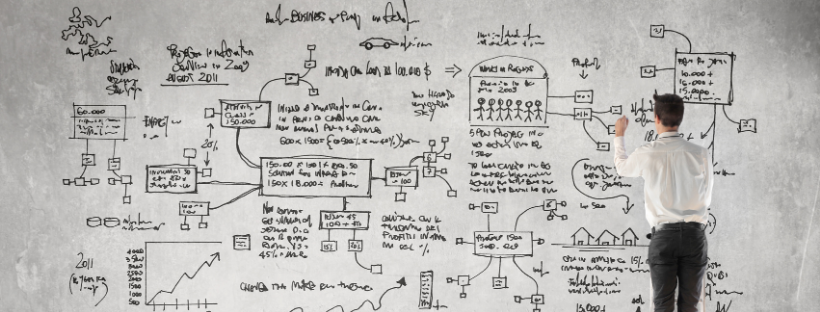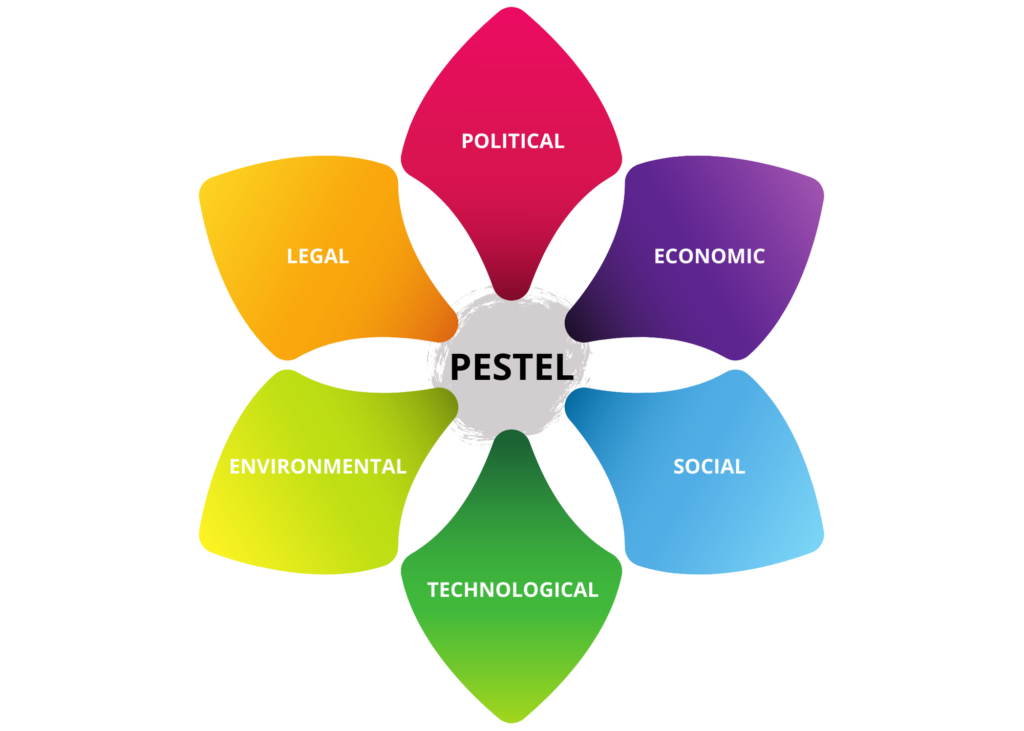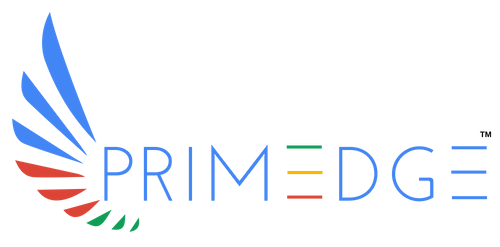Knowledge is central to all decision-making processes. Without it, favourable outcomes are hard to achieve. And because uncertainties are inevitable, preparing for the future is something that cannot be neglected. Scenario planning focuses on precisely that — examining the unknown to identify the options which lie ahead, thus creating a roadmap from the present to the future.
What is scenario planning?
Scenario planning is one of the most powerful strategic tools used by successful organisations to uncover insights, anticipate potential problems and disruptions, and develop suitable plans of action that help them in navigating events in the future.
“Scenario planning is a technique of strategic planning that relies on tools and technologies for managing the uncertainties of the future. It involves developing different plausible representations of an organisation’s future, based on assumptions about the forces driving the market and including different uncertainties” (Kotler and Keller, 2011).
To date, scenario planning has been used in a variety of contexts, from military defense planning, politics and public policy to economics and business management.
In business, scenario planning aids leaders and key decision-makers in:
- Assessing market trends
- Projecting financial returns & losses
- Estimating cash flow
- Analysing economic & regulatory changes
- Identifying opportunities
- Mitigating major risks & failure
- Maintaining suitable staff count
- Creating competitive advantage
- Making advised decisions
- Responding proactively to crises
By identifying plausible scenarios and evaluating all potential outcomes and impacts, businesses become better equipped to make smarter decisions, develop robust strategies and arrange for suitable adjustments or interventions where required.
What are scenarios?
A scenario is an instrument that provides a snapshot of what may occur in the future. Scenarios encourage forward-thinking and provide a means to perceive possible alternate futures based on an understanding of present conditions and a coherent course of events. It must be stressed that scenarios are not forecasts or predictions. Rather, they demonstrate how certain variables of change and possibility can bring on different potential futures and outcomes. As a result, they enable decision-makers to determine appropriate courses of action in line with future realities.

How to Create Scenarios
1. Define the Focal Issue
This first step plays an integral role in scenario planning. The issue which is to be defined forms the basis for crafting scenarios. Here, an organisation must set out what it wants to achieve as well as the timeframe within which it must be carried out.
The issue that business leaders address will determine the major forces of change that are expected to impact the business in the future.
2. Identify, Analyse and Rank the Driving Forces of Change
When identifying the driving forces of change, it is important to think about the “big picture”. This involves deliberating on the major shifts that your business anticipates in the areas of politics, economics, society, technology, environment and law (PESTEL). This is because developments in these spheres are most likely to affect your organisation and its future performance.

One of the most effective ways to gather insights is by considering the key actors that are most likely to influence or be influenced by the anticipated changes. These can be clients, vendors, employees, stakeholders, governmental organisations, NGOs, the industry, and the like.
A few ways to gather valuable qualitative and quantitative data include:
- Business scenario workshops
- Surveys / questionnaires
- Requests for information
- Comprehensive research
Once the relevant data has been gained, it is useful to categorise the key assumptions and variables (upon which your plan depends) according to their meaning and importance. Note down critical uncertainties and rank these according to their significance in relation to the focal issue and their projected level of impact on your business.
3. Develop Scenarios
This step is all about sketching or fleshing out the scenarios. It is centred on asking the critical ‘what if’ questions.
Based on the focal issue which is defined by the organisation in the initial stage, decision-makers will need to explore the implications of alternate trajectories in view of the examinable driving forces and their interactions.
The developed scenarios need to be:
- Internally consistent and coherent
- Inventive but plausible
- Inclusive of all critical steps, sequences and actors
- Covering a wide range of outcomes
- Detailed and insightful
4. Test the scenarios
Testing the crafted scenarios and their impacts is crucial in identifying errors. By doing this, the scenario planning team is able to identify ineffective plans and the connected sequence of events that need to be revised. The revised scenarios can then be used for developing powerful plans and frameworks for the business’ strategies.
Case Study
A Pioneer in Scenario Planning: Royal Dutch Shell
Shell is a global oil and petroleum corporation, having 92,000+ employees in 70+ countries and territories.
Scenario planning has been at the forefront of Shell’s strategic decision-making practices since the early 1970s. That’s equivalent to 50 years of assessing long-term prospects in the aim of augmenting strategic preparedness and identifying business opportunities on national, regional and global scales. With a designated ‘Shell Scenarios’ team, it is no wonder that this global energy conglomerate has been recognised as a leader in scenario planning.
To name a few, Shell has been involved in the following recent projects:
A. Developing Natural Gas in China
Key Objectives:
- Examining how natural gas could evolve as a mainstream energy source in China
- Emphasising on China’s Twelfth Five Year Plan and the 2016 Paris Agreement on climate change
- Strengthening regulations and recommending comprehensive reform
B. Exploring Germany’s Energy Pathways
Key Objectives:
- Inquiring into Germany’s future energy pathways
- Identifying related issues and implications
- Supporting social and governmental decision-making in relation to adopting / utilising sustainable energy systems
C. Improving Responses to AIDS
Key Objectives:
- Guiding leader responses to the AIDS epidemic
- Determining the most advantageous actions to combat the crisis
- Creating the most favourable outcomes for Africa and the rest of the world by the year 2025
Click here to learn more.
Scenarios can help business leaders learn and prepare for the future. They enrich decision-making processes and guide businesses in taking strategic approaches for the future.
Scenario planning has proven its effectiveness. Thus, numerous renowned businesses embrace this strategic technique to aid them in making decisions for the future of their organisations. Most importantly, scenario planning makes businesses proactive and innovative. It enables them to perceive potential influences, uncertainties, constraints and complexities as well as drivers and opportunities, and to respond accordingly.
